One last post to go through some of the stuff Matra worked on that never quite saw the light of day. Though Matra only produced a handful of road cars, they were always at work on projects and concepts that might have been the next big thing, even right up to the end of the Avantime in 2003. Some sports cars, some MPVs, some things that almost defy classification. Let’s talk about a few of these.
I’m going to do a few brief posts about the history of Matra. Because cheap mid-engined cars are cool, and French cars are weird, and I need something to do. Also car content on Oppo can’t hurt. This is part nine, the final part. (Parts one, two, three, four, five, six, seven, eight).
Note that Matra has a lot of these sorts of skunkworks projects, so I’ll try to keep them brief. Fortunately some of these cars have absolutely no information on the English Internet aside from photos proving they exist, so keeping it brief will be easy! I’ve raided both English and French websites, I’ve spent time on fr.wikipedia.org, I’ve translated from French plaques visible in photos from museums, I’ve researched pieces of hand-drawn art from the background of shots of other cars. And now, in chronological order...
1971 Matra Laser by Michelotti
Presented at the 1971 Geneva Motor Show in gold, and again at Montreal Auto Salon in 1972 in silver. Designed and built by Michelotti, and so not really a Matra project, though it is built over a Matra M530. Still mid-engined, with 4-cylinder Ford power, but likely only 2 seats. And gullwing doors.
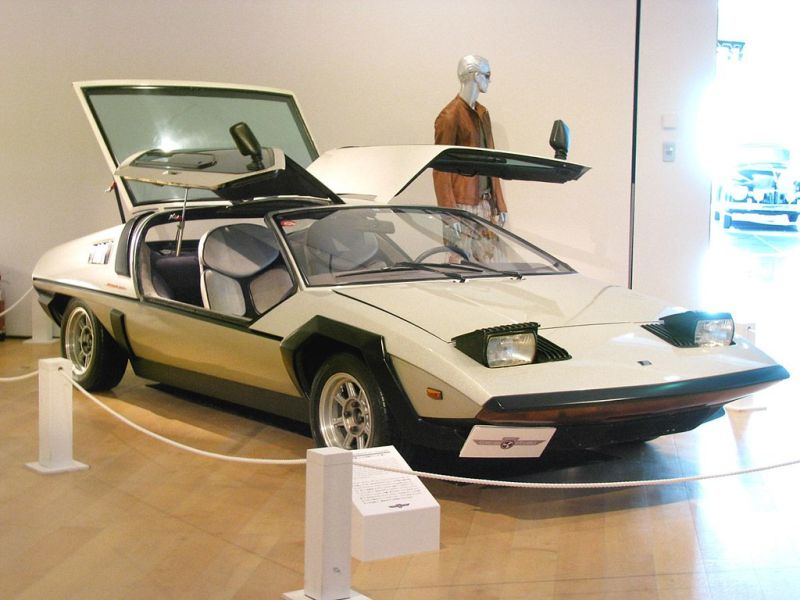
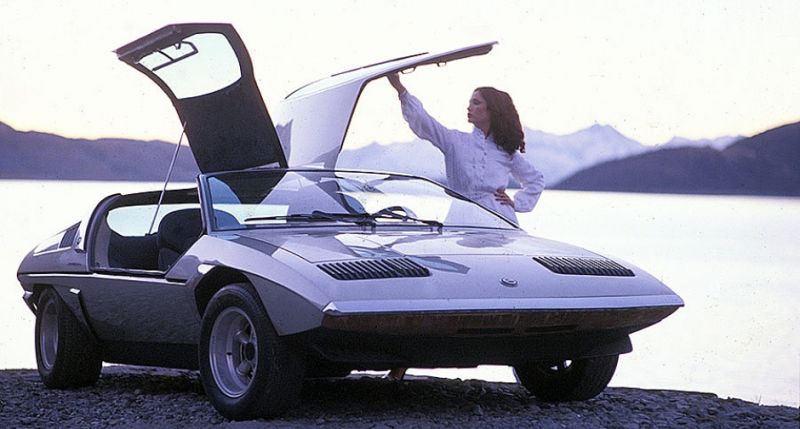

1980 Matra MS15
Using the Murena 1.6L engine, meant to compete against the Renault 5 Alpine. May have become the Peugeot 205 if the PSA group hadn’t parted ways with Matra. Shown is a static model built for design purposes. Matra never built a production a hatchback or anything like it making this most unusual.


1981 Matra P19
A baby Espace. Similar boxy MPV shape, but for a smaller footprint and price. One of the many design studies that would preclude the eventual Espace.


1986 Matra P29
Big wings front and rear (the rear wing apparently self-adjusting based on available grip), mid-mounted supercharged 4-cylinder, GPS, weather radar, rear view camera, a screen showing tyre pressures, aluminum chassis. AWD and 5 seconds to 100km/hr. A sort of rolling laboratory for Matra, a shame that it seems most of these ideas didn’t go into practice.

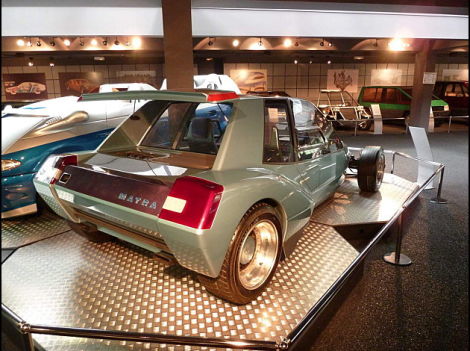

1989 Matra P38/M25
Built to celebrate 25 years of Matra. Has a turbo’d 1.8L Renault engine, weighs just 650kg, 0-100km/hr in 4.5 seconds. Glass roof and doors removable, it seems there were 2 versions of this concept with many subtle differences. Quite different to the cars Matra had been building, despite being the familiar 2-seater mid-engined layout.

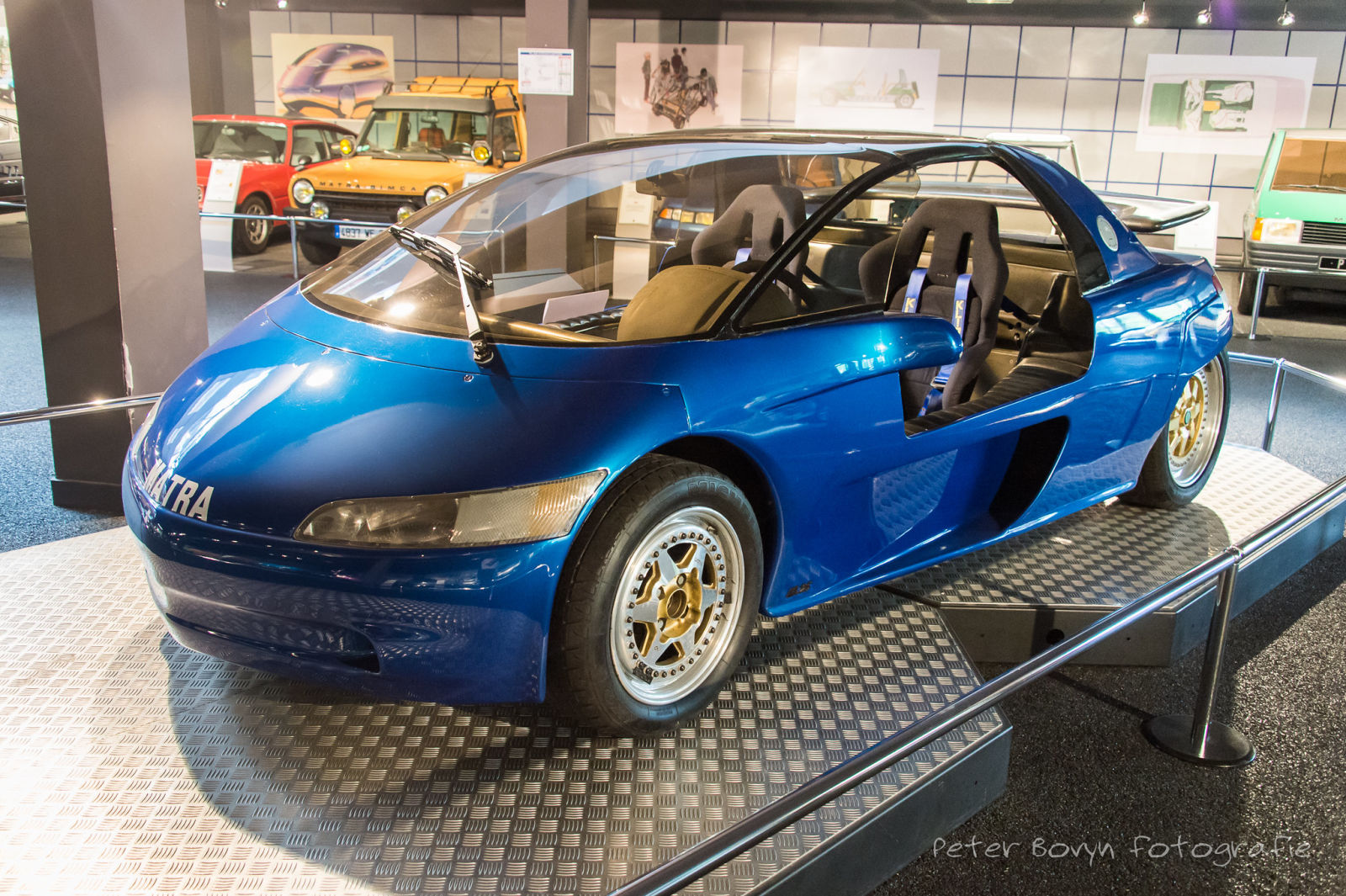

1990 Matra P41
Featured a panoramic roof (which you can just barely see in some of these pics, looks like it’s glass either side of a central beam running the length of the car), rotating seats and modular interior. Also had the double-hinged doors that were an internal patent and made production on the Avantime
Chosen among other designs as the basis for the first generation Renault Twingo, though it is difficult to see resemblance between the two. Certainly the styling changed a lot, the glass roof and double-hinged doors were gone. Perhaps it was more under-the-skin packaging type stuff that was used for the Twingo.
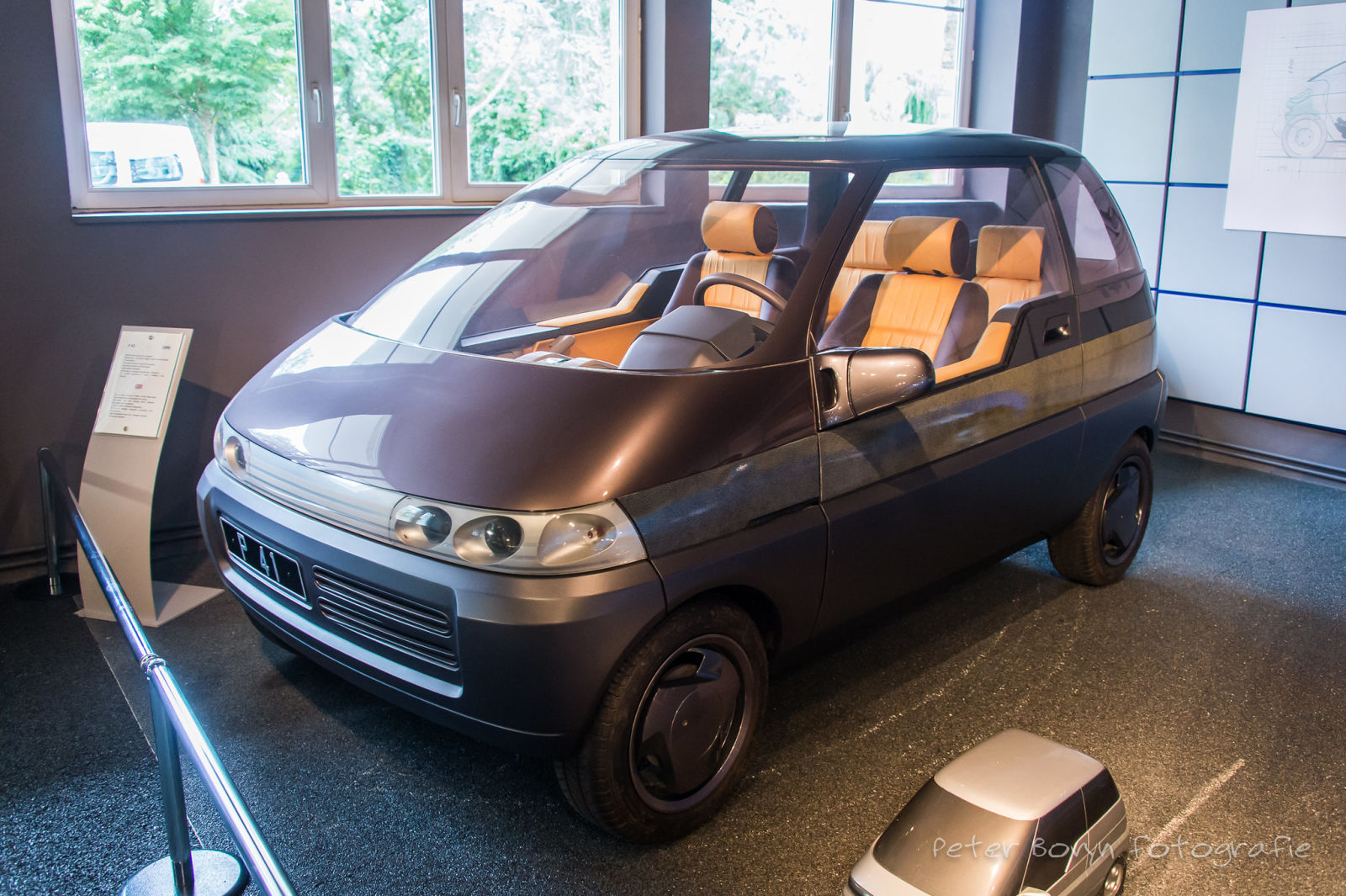


1991 Matra P43
An affordable, RWD, two-seater roadster with a retro look. Yep, just like the MX-5 which beat it to market by a year or two. Maybe slightly more retro than the MX-5. Apparently Matra had real plans to get this in production, but dropped it after Mazda got there first.
There’s a nice bit of irony in that Matra built the car that started the march away from 2-seater roadsters, toward mid-engined cars with different proportions. And here they are trying to bring back the roadster!


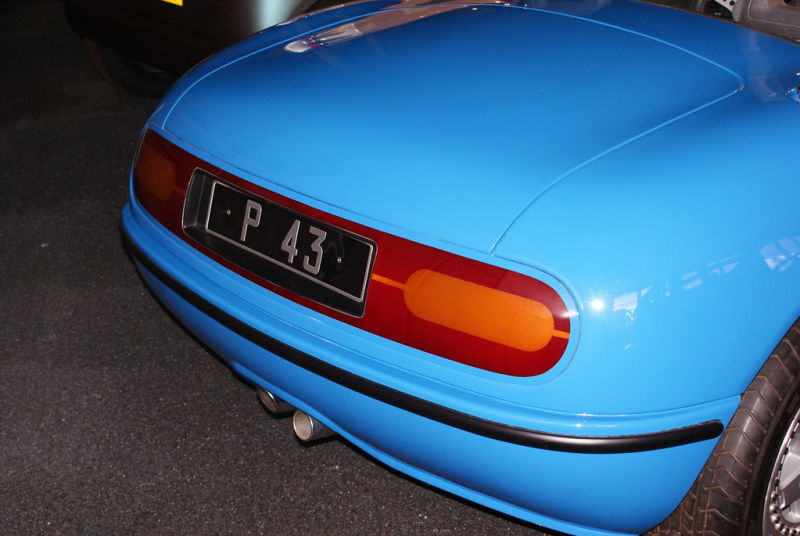
Also these don’t look functional, suggesting this is more of a design mock-up than a running vehicle.
1992 Matra P48
An electric-powered car for racing with a carbon body, developed entirely by Matra (including drivetrain). Participated in a Swedish rally for electric cars in 1995, can do 150km/hr. You can see some very brief footage of this car competing here!

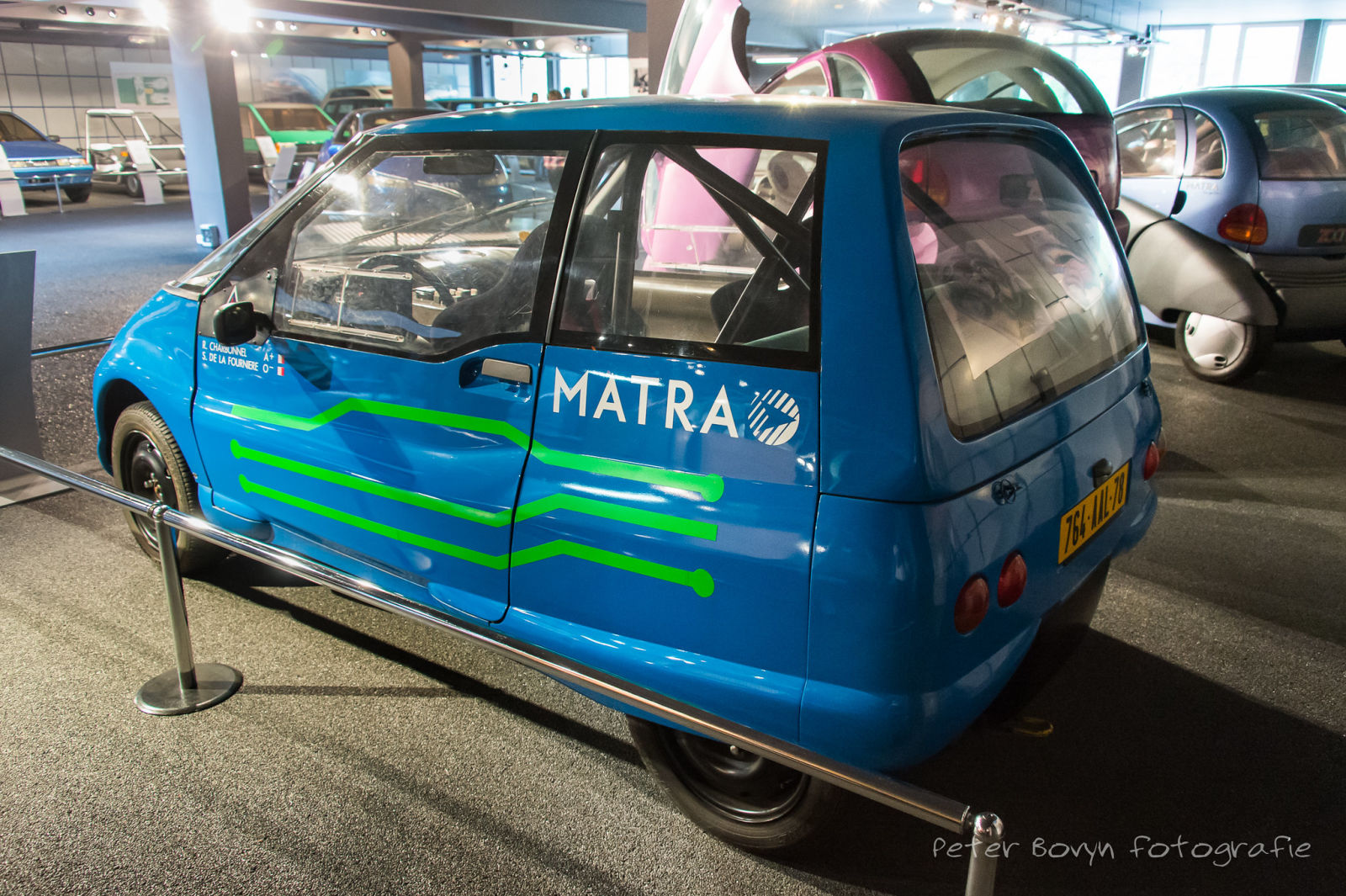
1992 Renault Zoom
Commissioned by Renault, the Zoom had 2 positions: “road” and “parking”. When parked the car folds back on itself from 2.65m long to 2.10m, allowing it to park perpendicularly in a parallel park like a ForTwo. Its scissor doors help enable this. Can travel 120km and reach 120km/hr - perfect for the city.
Let’s take a second to reflect on how far these cars have come - we’re living in the actual future where proper-sized electric cars are finally a completely viable option for most driving needs. Remember that for decades we saw promising prototypes and concepts like this, but electrification seemed to be always just around the corner - even the first Tesla was a bit half-baked.




Later prototypes started a different trend of badging behind the doors as you can see here, possibly in part because Renault wanted prime position on the nose, but Matra wanted their name on the car too.
1994 Matra P55
A research study for innovative structures. Low weight, low wind resistance, electrically powered, lots of passive safety and crash resistance. Body impervious to low-speed urban impacts. 4 seats, the rear two facing backwards.


1995 Matra P54/Espace Club
This was intended to be a high-end GT style vehicle based on the Espace 3/P52. Sound familiar? This seems to be a direct precursor to the idea of the Avantime. Designed by Giorgetto Giugiaro, inspired by his Colombus concept, it looks to have been done in both 2 and 4 door guise with a focus on interior space and high quality materials. Though the idea persisted to become the Avantime, it looks like the design very much did not, with Renault applying a lot of Espace IV into the final styling of the Avantime.
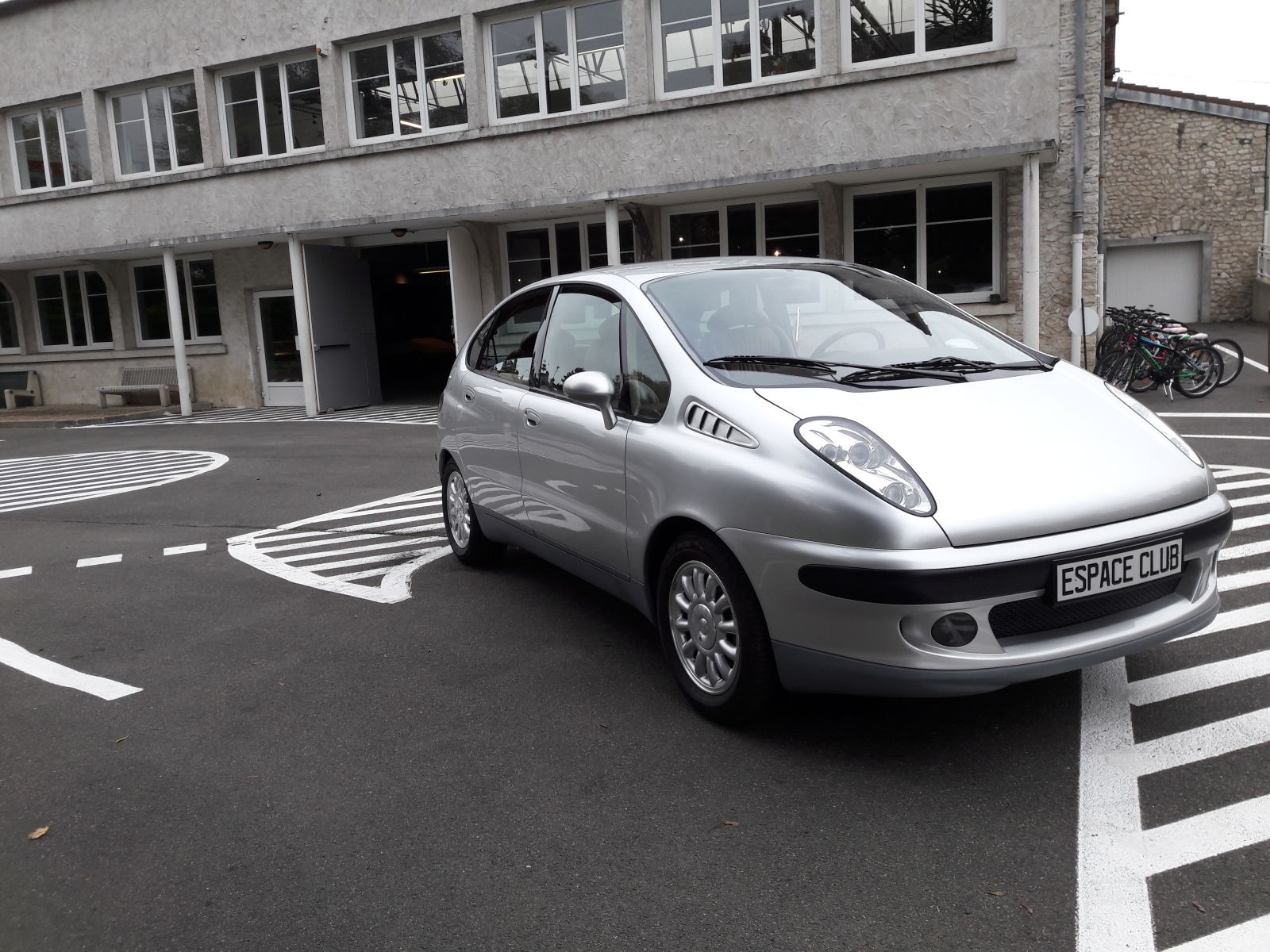
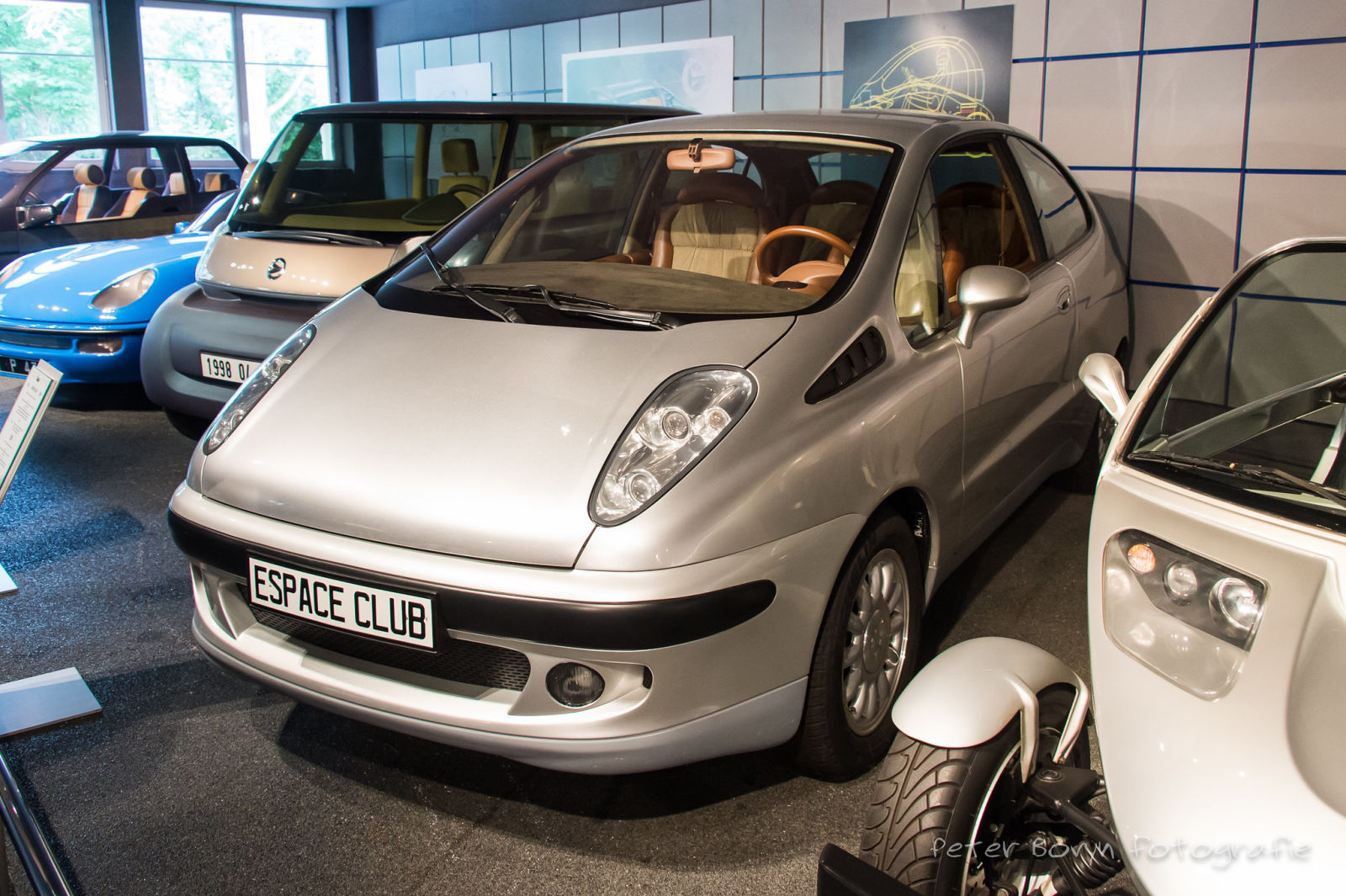

1998 Matra P76 “Tata”
Interesting name, given that the goal of this was identical to the Tata Nano - produce a low cost car to offer to developing countries. No relation that I can gather, though little information available.

1998 Matra P57
A sort of enclosed formula one car for the road. May have only been produced as a scale model, and was presented as such at Michelin Challenge Design in 2003 (see below). This is literally the only picture available of the car but in one of the P43 shots, a very similar car can be seen as a painting on the wall in the background.

2003 Matra P72/M72
A sort of quadricycle, intended to meet a legislation in France that would allow it to be driven by those as young as 16. As such it was around 350kg with 20hp, though would’ve been available outside France with 50hp or more. Matra were keen to get it off the ground and MG Rover were interested and may have called it the CityRover (instead of importing a terrible car from Tata under the name), but it didn’t quite make it. Note that as per Matra tradition, the development code would start with a P, the production model code would start with an M, hence both names being quoted - P72 or M72.
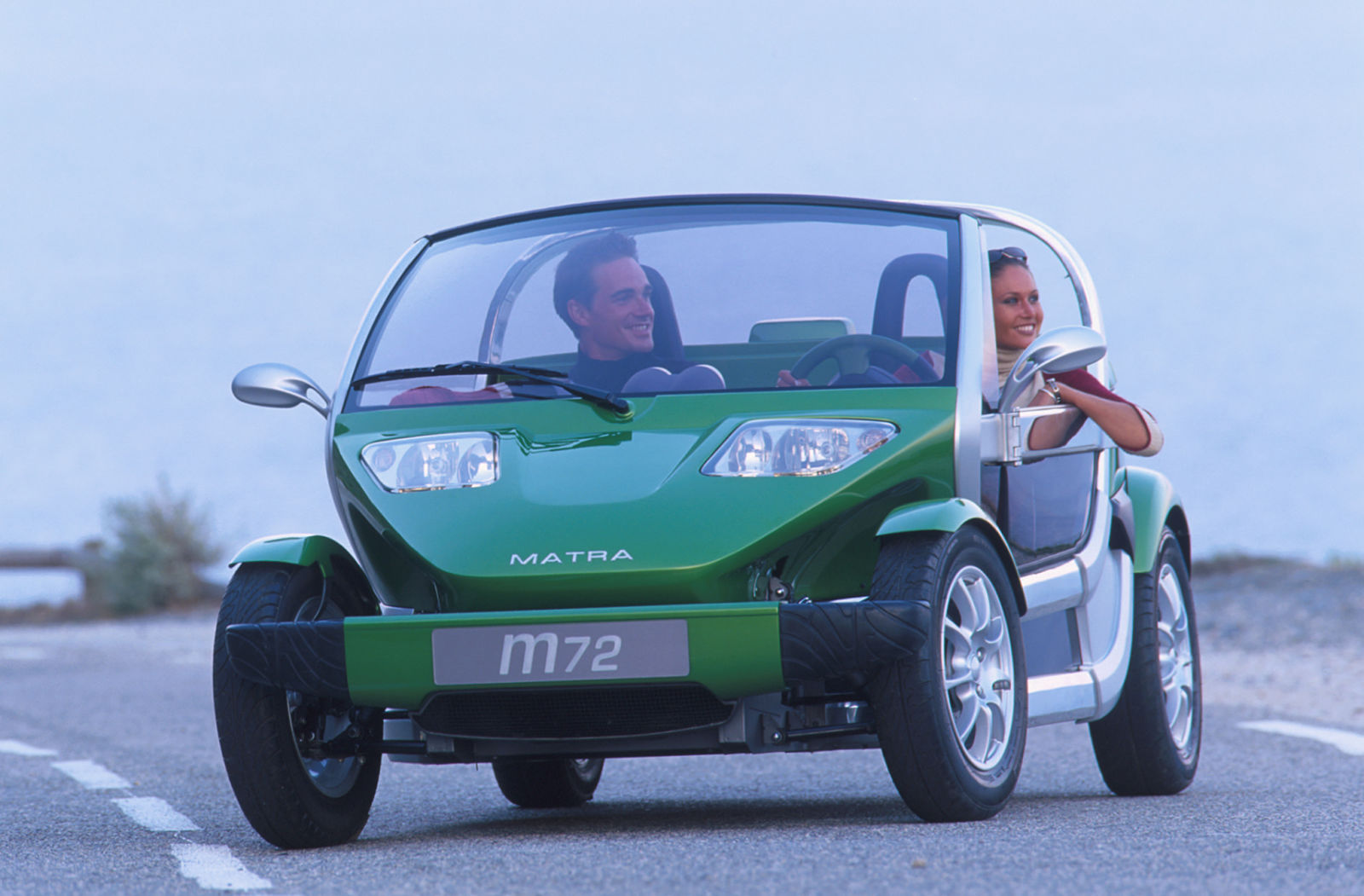

2003 Matra P75
Debuted at Michelin Challenge Design in 2002 along with many other French entrants. Intended to be a small and environment friendly electric car for town. 4 seats, each facing forward, prototype fully operational.

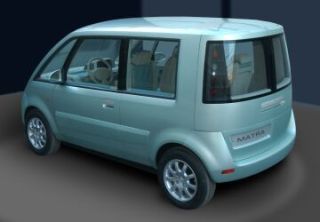
And there we have it. Matra is a company that, from the beginning was reliant on not white-bread volume sales, but doing their own thing. They were innovative, capable, flexible, willing to take risks and to develop vehicles across the full automotive spectrum, from quadricycle to sports car to MPV. It’s bittersweet that they would find such glorious success manufacturing their own Espace for Renault, but that the arrangement would ultimately be their undoing when Renault took production away from them. Though in today’s age, with a shrinking car market, with so many bespoke design houses and smaller manufacturers disappearing and with all the proper French cars being replaced by global models, I don’t think it’s likely we’d have seen a Matra in 2020. Better to have loved and lost.
And with that, my series of posts about Matra comes to an end. Phew, look how far we’ve come! I started out doing them once per day which kept me very busy, though at this point it’s been about 4 weeks total since the first one so certainly I slowed down. We’ve seen highs and lows and I’ve learned a great deal about a company I knew nothing about. It’s a shame, I’ve been to France twice in the last 2 years and though I love it, I don’t plan on ponying up the cash and taking another 30 hour flight to go back any time soon. But hopefully one day I will, and I’ll be able to hit up the Matra museum in Romorantin, and see all these cars and concepts for myself. Hopefully before these priceless relics are destroyed by nature.
I hope you all enjoyed this half as much as I did.